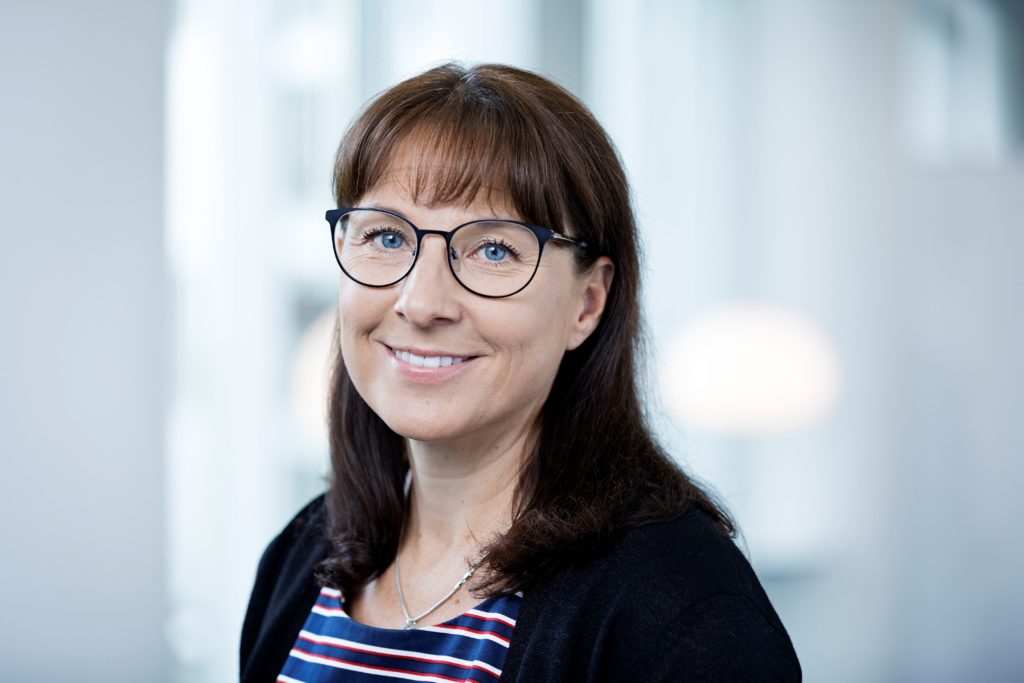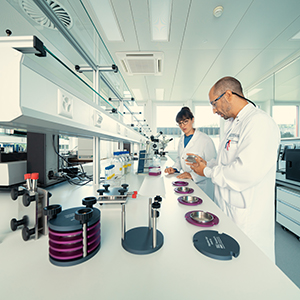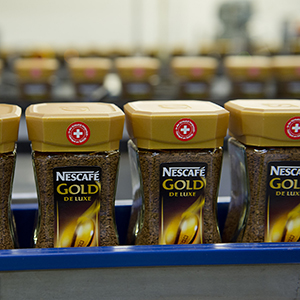Nestlé leaps into the circular economy

Nestlé plans to tackle the drawbacks of packaging waste quickly. In about five years, the proportion of non-recyclable packaging material used by the company will be zero.
“We are also committed to developing our packaging to be suitable for waste collection, sorting and recycling systems in all the countries where we operate. This means virtually every country in the world,” says Ulla Luhtasela, Head of Regulatory and Scientific Affairs at Nestlé Finland.
One of the functions of food packaging is to ensure that consumers can enjoy safe and high-quality products at their dining tables. A well-packed product also has a long shelf life, which contributes to reducing food waste. Packaging becomes a problem if it is not properly disposed of or recycled.
“One of the guiding principles of the circular economy is to minimise the amount of actual waste generated and to recycle or reuse as much material as possible. Not only are we developing more environmentally responsible solutions, but we also need to think carefully about how much packaging material products require in the first place. It makes a difference on a global scale when a large company like Nestlé demands something and sets an example,” says Luhtasela.
The right time for innovation
Luhtasela believes that now is the time for packaging manufacturers to bring out their new innovations and recycling solutions for packaging, which until now may have been ignored by a lack of funding.
“We work with the most innovative packaging experts in the world. For example, we are involved in a joint project to develop 100% biodegradable raw material for use in Nestlé’s water bottles.”
It is essential for food safety reasons that nothing in the packaging materials is soluble in food or water.
There are still major challenges involved with increasing the use of recycled materials. It is essential for food safety reasons that nothing in the packaging materials is soluble in food or water. The limits are strict, and PET bottles, of course, should be as clean as possible. There is simply not enough recycled material available yet that would meet the requirements.
“There are many country-specific differences in collection, recycling and sorting activities. Finland also still has to work hard to achieve all its recycling targets,” Luhtasela points out.
Science to support the goals
In early 2019, Nestlé opened its own packaging research institute in Lausanne, Switzerland, to ensure that its ambitious scheduled goals can be achieved. The Nestlé Institute of Packaging Sciences employs about fifty researchers and other professionals.
 The institute’s operations include testing and researching reusable and refillable packaging, simpler packaging materials, packaging solutions made of recycled materials and compostable materials in collaboration with R&D centres, suppliers, research institutes and start-ups.
The institute’s operations include testing and researching reusable and refillable packaging, simpler packaging materials, packaging solutions made of recycled materials and compostable materials in collaboration with R&D centres, suppliers, research institutes and start-ups.
“What we need is collaboration between operators in the industry. As a large company, we have a lot of information and resources to offer, but our stakeholders also have a lot of expertise,” says Luhtasela.
Common rules help all parties
Improving recyclability is not just an image issue for companies; it also has an economic impact.
“Recycling is not free, and recycling targets are tightening both within the EU and globally. In terms of competitiveness, it is good for Finland that we have started early and have already made largest investments. In many countries, all this is yet to be done,” says Luhtasela, who is also a member of the board of the glass recycling association Suomen Keräyslasiyhdistys.
Improving recyclability is not just an image issue for companies.
It may come as a surprise but in Denmark, for example, it is the municipalities that are responsible for maintaining collection points, and recycling procedures and sorting guidelines also vary from location to location.
“Offering information to consumers is much more difficult if the procedures are not identical across the country. We had problems with sorting before the arrival of Rinki eco take-back points. Uniform sorting instructions across Finland have clarified the situation,” Luhtasela sums up.
